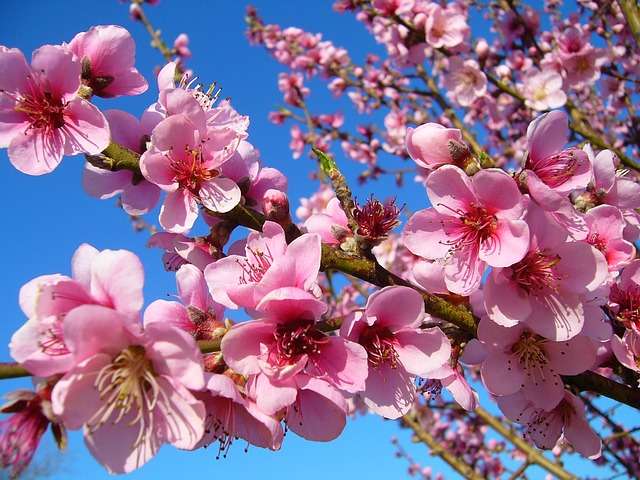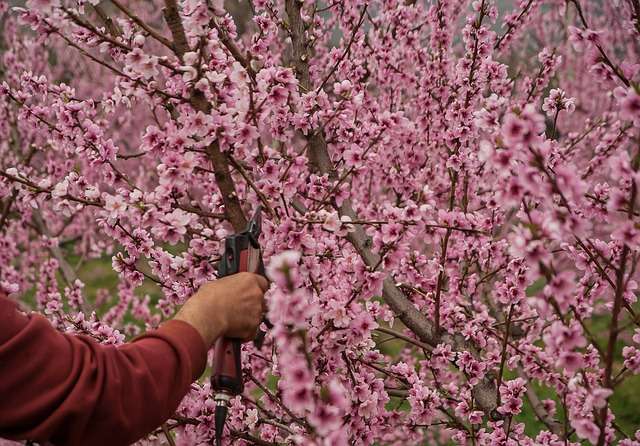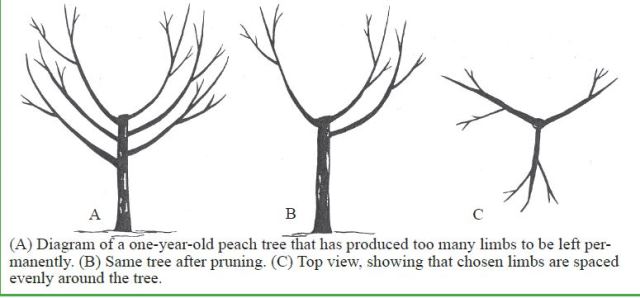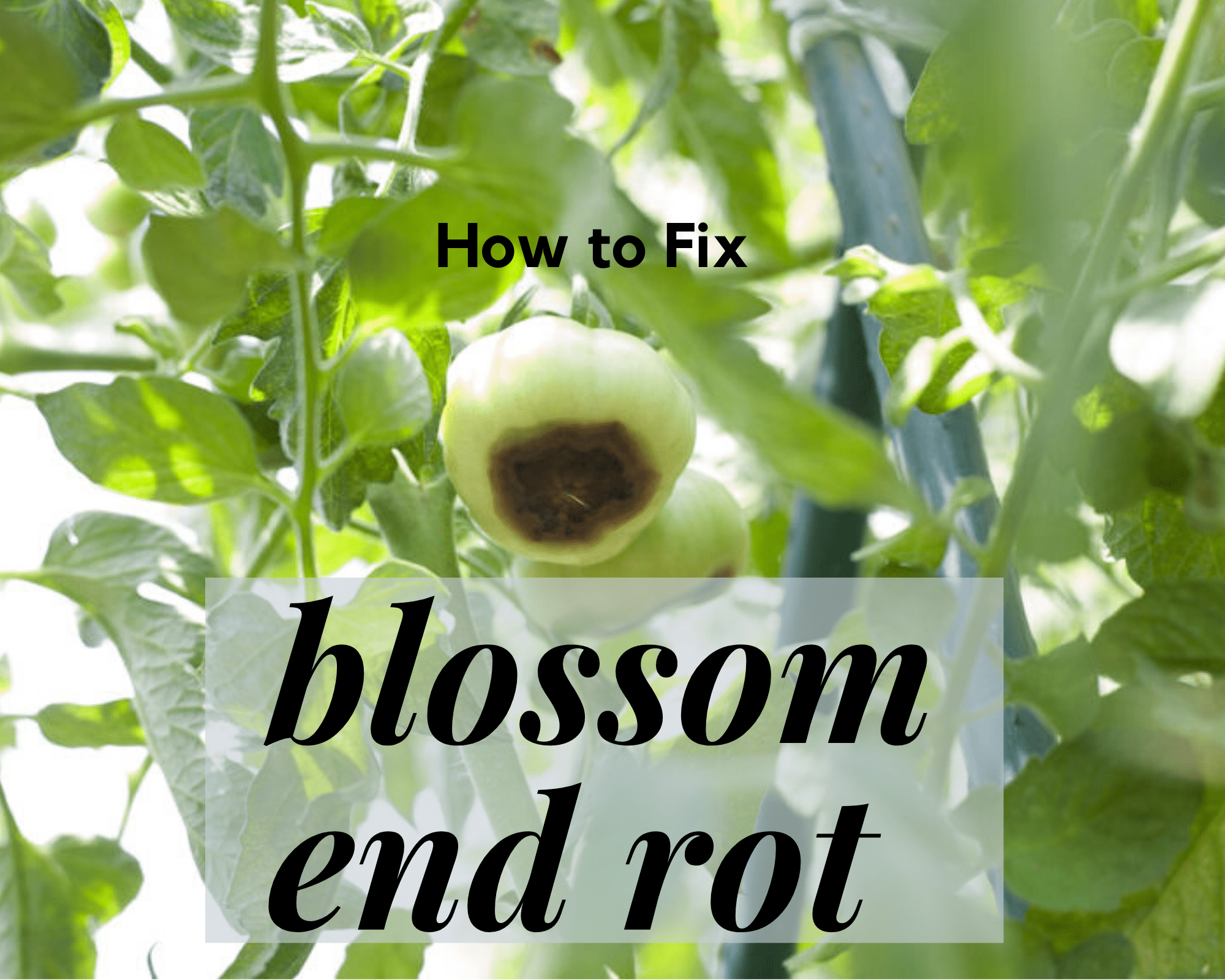This post may contain affiliate links. As an Amazon Associate we earn from qualifying purchases.
Peach trees are not the easiest fruit trees to grow. They take a lot of work and have broken many a home-gardener’s heart. All is forgiven, though, when you pull the first steaming-hot peach cobbler out of the oven, featuring peaches from your own tree.
Peaches are deciduous trees, native to China, and have been grown in the United States since the early seventeenth century. Hardy to USDA Zones 5 to 9. Find your growing zone here.
Amend the soil around your peach tree to make sure that it is growing in very well-draining soil. Generally, if water stands on the surface of the soil for more than one hour after watering or rainfall, the soil needs amending.

Afford your peach tree full sun all day. Even the shadow of your house falling upon the tree can cause it not to bud.
Water the peach tree frequently and deeply. This tree needs a minimum of 2 inches of water every week and more in the middle of the summer when it is hotter and the tree is bearing fruit.
Fertilize the mature peach tree (4 to 10 years old) by scattering one to two pounds of 10-10-10 fertilizer, 8 to 12 inches from the trunk, all the way around the tree. This should be done in March and in May. For younger trees, use 3/4 pound of fertilizer.
Attack any pest problems immediately. Peach trees are susceptible to Japanese beetles, red spider mites, and the peach tree borer, which is the most destructive. If you notice a wet spot on the bark it’s a good indication that the borer is at work.
The insect is difficult to control, so horticulturists at the University of Colorado suggest using a preventive spray, such as those that contain permethrin (Astro, Hi-Yield 38, etc.) or carbaryl (Sevin).
Wear protective clothing when working with the spray and carefully follow the label directions.
 Prune your peach tree every year, either in late winter or early spring. Begin by removing all dead or diseased wood and low-hanging branches.
Prune your peach tree every year, either in late winter or early spring. Begin by removing all dead or diseased wood and low-hanging branches.
Then prune the tree so that the center is open. To do this, choose 3 or 4 branches, equally spaced around the tree. These are known as the scaffold branches. The lower two should be longer than the top two, so that the tree’s shape is a bit like a Christmas tree.

Remove all other branches from the tree, then go through and clean up the scaffold branches of any upright shoots.
Finally, remove any small shoots, less than 12 inches, growing on the scaffold branches. The University of Massachusetts Fruit Advisor suggests leaving 50 to 75 pencil-thick shoots on your tree.
Get additional and in-depth pruning instructions at the University of Maryland Extension’s website.



